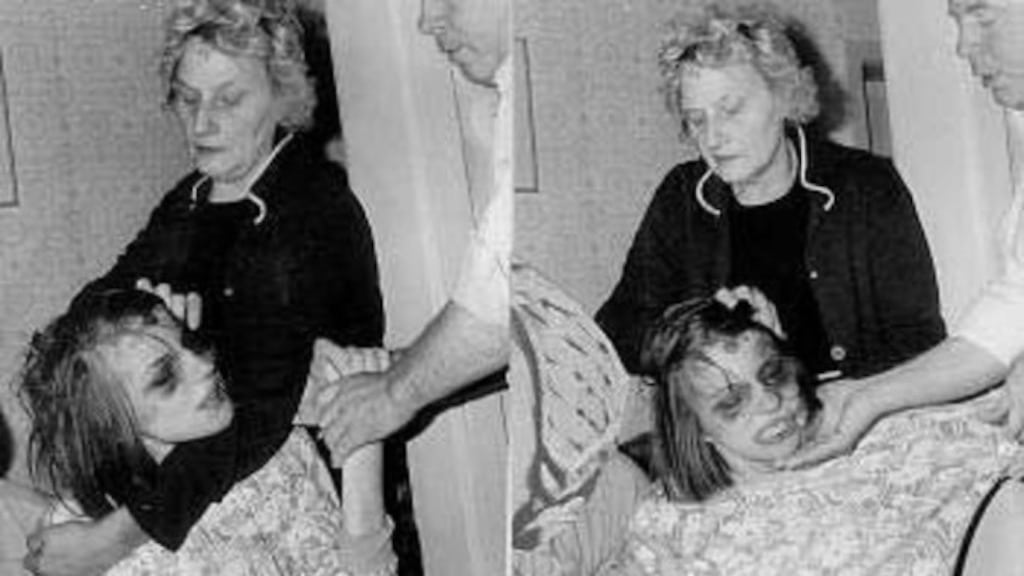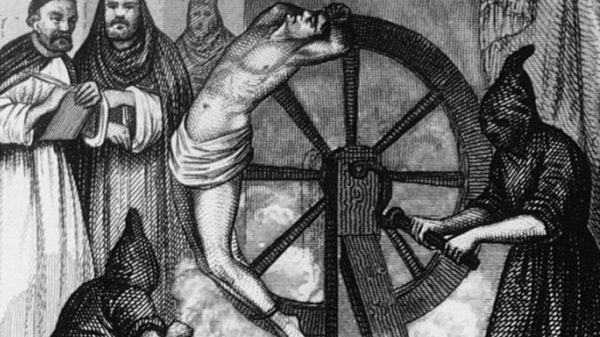I don’t believe in demonic possession. I do believe in mental illness, and personally, I think that demons are a convenient scapegoat for religion, taking the onus off the individual in cases of bad behavior, or off of God in cases of actual illness of the mind. So I fall on the side of skeptic in the infamous case of the possession of Anneliese Michel, a German Catholic woman who was subjected to 67 exorcisms over the course of less than a year, which eventually led to her death from dehydration and starvation.

Anneliese Michel began experiencing symptoms of mental illness in the late 1960s at the age of 16, which culminated in a diagnosis of temporal lobe epilepsy following a severe attack of seizures. She kept experiencing seizures over the next several years, with her symptoms progressing into hallucinations and voices in her head. The Michel family was deeply religious, as was Anneliese, and many of her “visions” and “voices” spoke to her in religious terms, damning her to Hell and appearing in the form of demons. Despite treatment at a psychiatric hospital, her symptoms worsened. She increasingly felt an aversion to Catholic symbols and rites, and also began to self-harm, drink her own urine, and eat insects. Anneliese and her family were convinced she was possessed by demons, and consulted many Catholic priests, requesting and even begging for an exorcism to be performed on her. They were repeatedly rejected based on her medical history.
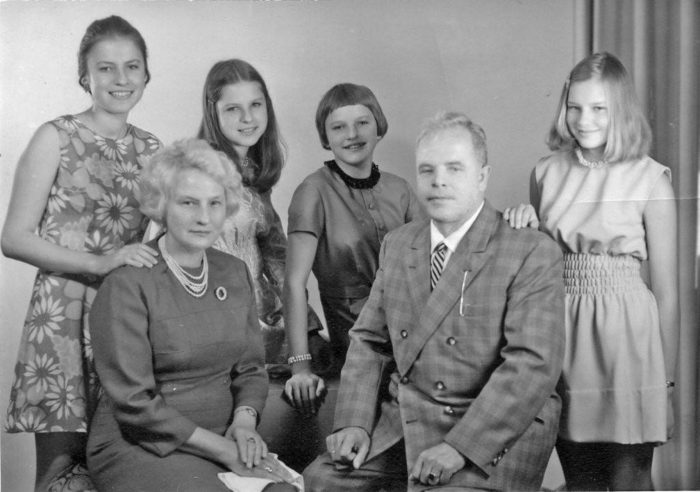
One priest they met with, Ernst Alt, believed them. He dismissed her diagnosis of epilepsy, and petitioned the local bishop, Bishop Josef Stangl, to grant her family’s wish for an exorcism. Bishop Stangl was moved to allow Alt and fellow priest Arnold Renz to conduct the exorcism in secret, following the rites laid out in the Rituale Romanum of 1614. Anneliese’s first exorcism occurred on September 24th, 1975, and her parents felt that she no longer needed medical treatment for her symptoms, and stopped all treatments as soon as the exorcisms began. Each session lasted up to four hours, and over the course of the next 10 months, she was subjected to 67 exorcisms in total. The exorcisms were recorded, and featured the “voices” of the six demons that they believed were possessing Anneliese Michel’s body.
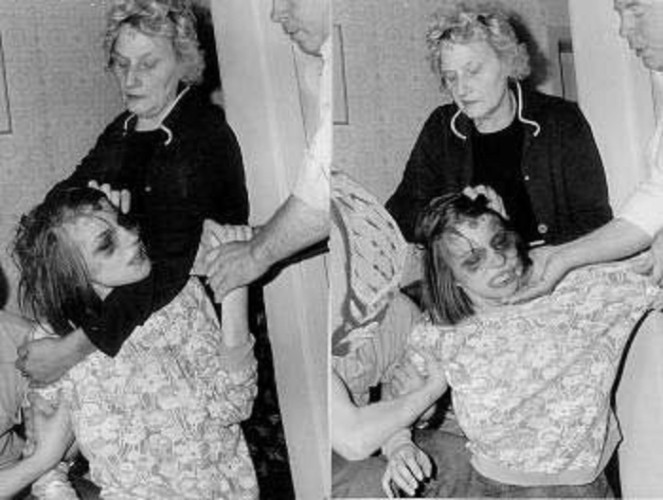
During the exorcisms, Anneliese is heard growling, blaspheming and speaking in weird voices. In photos, you can see her state deteriorating; she appears bruised and beaten in some, and increasingly thin in later photos. As the exorcisms progressed, she grew more and more dehydrated and malnourished, conditions which led to her death on July 1st, 1976, at the age of 23. She weighed 68 pounds, had broken knees, and was suffering from pneumonia. The autopsy report stated her death was a result of malnutrition and dehydration, and a direct consequence of the exorcisms she had been put through for almost a year.
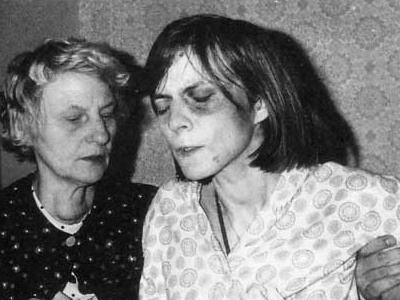
In 1978, her parents and the two priests were brought to trial on negligent homicide charges. Anneliese’s body was exhumed, and some reports state that it had barely decayed since its burial almost two years earlier. The state didn’t recommend jail time for any of the accused, just a fine for the priests. The parents were actually recommended for no punishment according to the “suffered enough” laws in the German penal code. The priests were eventually found guilty of manslaughter and sentenced to six month of jail time and three years of probation. They never served their time in jail, and the case caused a huge public stir, first for the sanctioned practice of exorcisms by the German Catholic Church, and second because of the light sentences recommended by the prosecution. It seemed that the state was taking the side of the Church over the psychiatrists.
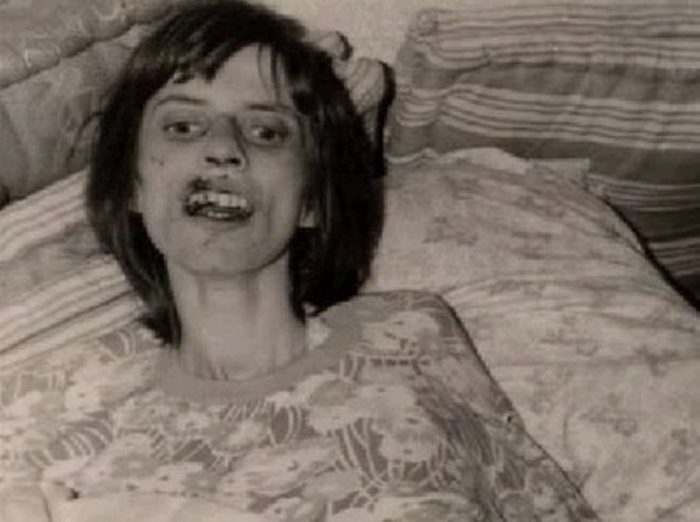
Anneliese Michel’s case has inspired films like The Exorcism of Emily Rose, and has been a source of controversy for the medical and spiritual communities. A person’s belief system can play a huge part in their mental illness, especially strict religious upbringings that imposed an almost supernatural view of the world on a child from birth. One person’s metaphor can be another’s reality, and in the religious world, Satan and demons can be very much tangible figures in one’s life. Throw mental illness into the mix, and those figures of temptation and evil become real tormentors. In my opinion, it was the Church who became her torturers, with her parents complicit in her slow, painful murder. If the pictures don’t tell another version of the well-intentioned exorcism, then I don’t know what does.


